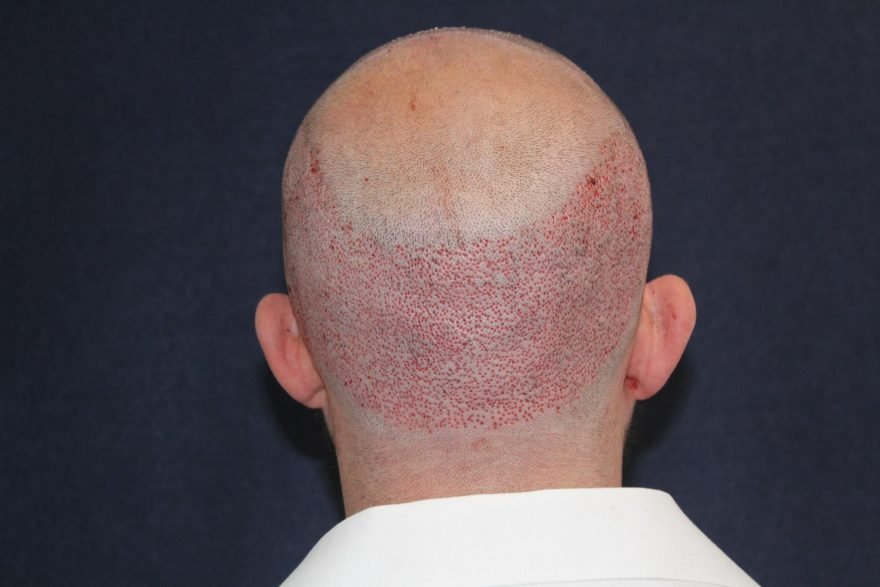
FUSS (Follicular Unit Strip Surgery)
It's a painless and very effective hair implantation technique that allows the implantation of one thousand five hundred follicular units per intervention, which is equivalent to approximately five thousand hairs.
- 1st PHASE: Preparation of the donor area: this is the nape of the patient's neck from which a strip of scalp is removed and the incision is sutured, leaving an imperceptible linear scar when the hair grows back.
- 2nd PHASE: Preparation of the follicular units: the strip of scalp extracted from the nape of the neck is divided into follicular units ready for transplantation.
- 3rd PHASE: Implantation in the recipient area: millimetre incisions are made to separate the follicular units in order to implant each one.



